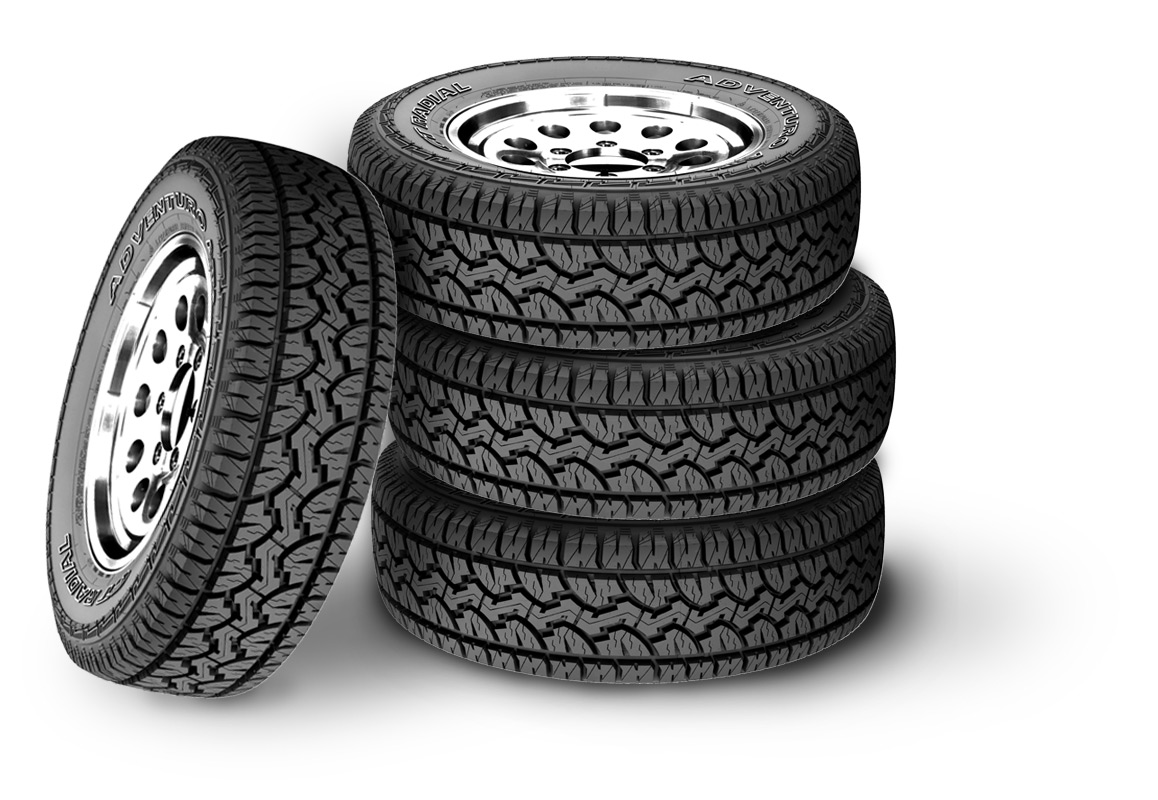Storing Winter Tires: Best Options for Protecting your Investment

Having a set of winter tires is one of the smartest decisions any vehicle owner can make, especially if you’re living in Canada during the cold weather months. As a matter of fact, at TIRECRAFT we recommend that once the temperature starts to consistently dip below 7°C you install your winter tires so you are better prepared to deal with less than ideal snowy, icy, and cold conditions. Usually this ends up being from November to March, which begs the question where should your winter tires be stored the rest of the year? We’re here to answer that for you.
Storage Tips
It’s important that your tires be properly stored when they’re not in use in order to make sure they’re ready to go when the temperature drops. Improper storage can result in reduced life for your tires, or end up making them unusable. Here are a few tips for storing your winter tires during the rest of the year:
- First and foremost, clean your tires before storing them. Letting gunk and grime sit on your tires while they are in storage can cause easily prevented damage.
- You should store your winter tires in a room that is cool, dry, and dark. Under no circumstances should you store your winter tires outside, even if they are underneath a protective covering.
- Ensure your storage room does not exceed a normal room temperature. If the storage room has a heat source you should shield your tires from exposure.
- Make certain that your tires are not in contact with any direct sunlight. This helps to protect the physical properties of the tires.
- Make certain your tires do not come into contact with solvents, fuels, lubricants chemicals or similar liquids. Your best bet would be to ensure items such as these are not in the storage room.
- Do not store your tires under external pressure or tension in order to prevent them from cracking.
- If you can, pick up a set of storage bags for your tires. This will protect them from naturally occurring ozone in the air that can cause your tire rubber to dry out and even crack.
- Since motors can produce ozone, you should keep your tires away from any motorized devices while they’re stored.
Storing Tires With Rims
If your tires are on rims, your best option may be to hang them from hooks. Conversely, you can pile your tires, but please keep in mind that you should reconfigure the pile approximately every four weeks.
What Not to Do
If your tires are not on rims you should not hang them under any circumstances, nor should you pile them. Tires without rims should be stored on racks off the floor. Much like tires on rims, to keep them in optimal condition your tires should be rotated approximately every four weeks.
Winter tires are an investment, so it’s important that you take good care of them. That way you will be ready to take on those harsh Canadian winters with the utmost confidence. Stop into your local TIRECRAFT today and we can help you choose the right winter tires for you and your vehicle.
Back

